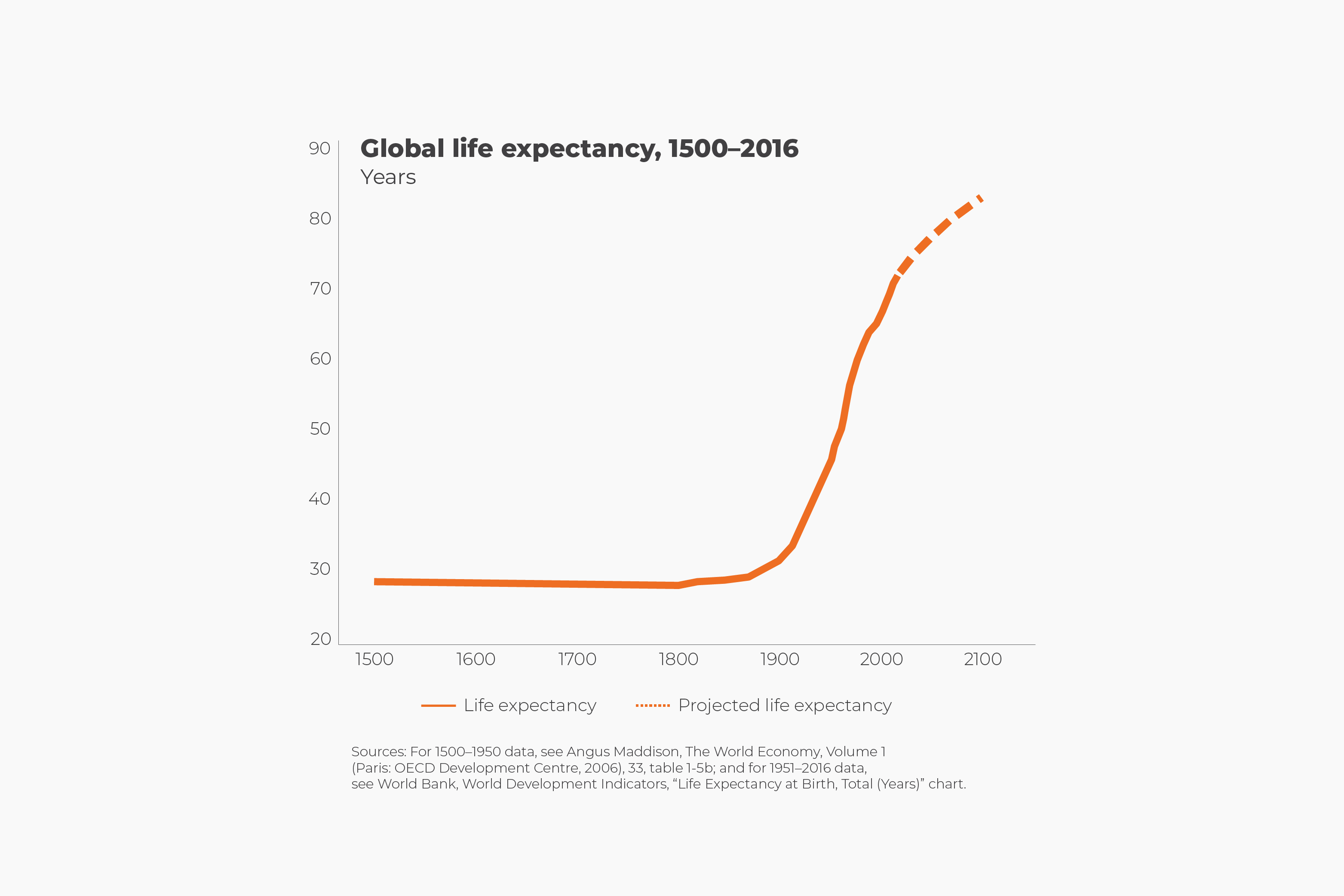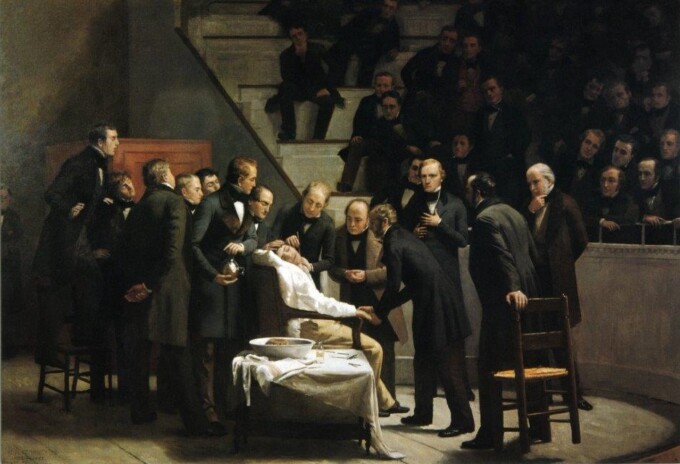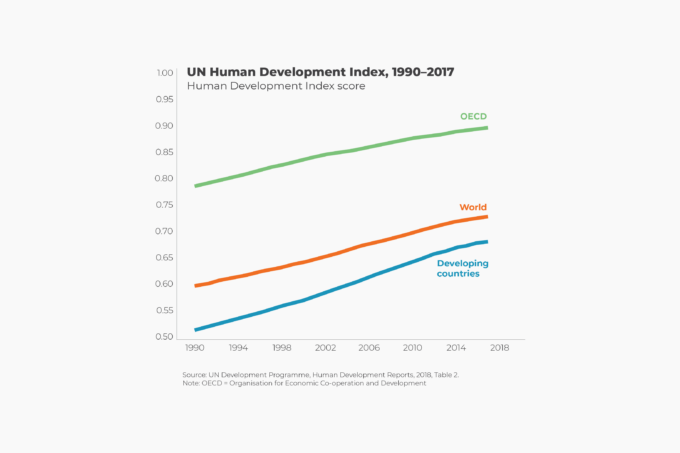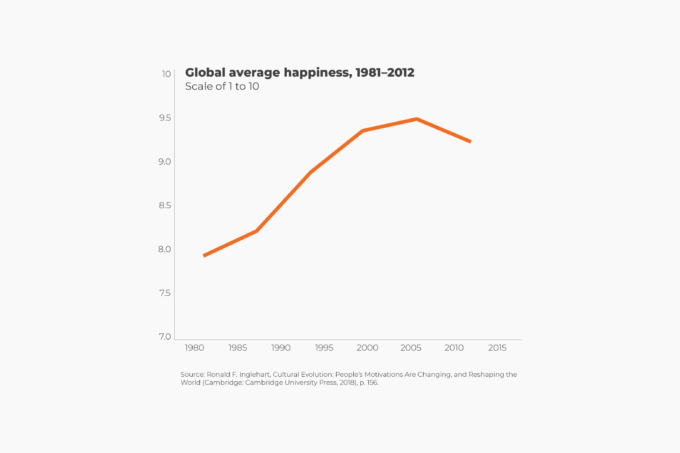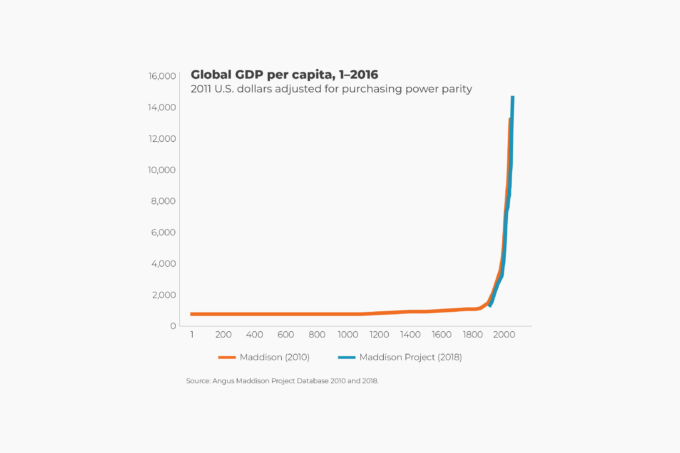Average life expectancy at birth for people hovered at about 30 years for most of human history. The reason was mostly that about one-third of children died before they reached their fifth birthday. Demographers estimate that in 16th-century England, 60 out of 100 children would die before the age of 16. Some fortunate people did have long lives, but only 4 percent of the world’s population generally lived to be older than 65 years before the 20th century.
In 1820, global average life expectancy was still about 30 years. Remarkably, around that time, life expectancy in Europe and North America began rising at the sustained rate of about three months per year. That increase was largely a consequence of better nutrition and deployment of public health measures, such as filtered water and sewers.
During the past 200 years, global life expectancy has more than doubled, now reaching more than 72 years according to the World Bank. Worldwide, the proportion of people who are 65 years old and older has also more than doubled, to 8.5 percent. For the first time in human history, people ages 65 and older will by 2020 outnumber children under age 5.
Even in the rapidly industrializing United States, average life expectancy was still only 47 years in 1900, and only 4 percent of people were 65 years old and older. U.S. life expectancy is now 78.7 years. And today 15.6 percent of Americans are older than 65, whereas only 6.1 percent are younger than 5.
Life expectancy’s rising by three months annually implies a global average lifespan of 92 years by 2100. However, the 2017 United Nations medium fertility scenario more conservatively projects that average life expectancy will rise from 72 years today to 83 years by the end of this century.

